Tagetes patula, Urbana, east central Illinois: Dori, CC BY-SA 3.0, via Wikimedia Commons @ https://commons.wikimedia.org/wiki/File:Urbana_Illinois_park_20070928_img_2120-crop.jpg
Liberec Botanical Garden, north central Czech Republic: CC BY-SA 3.0, via Digital Herbarium-Charles University in Prague First Faculty of Medicine @ http://www1.lf1.cuni.cz/~kocna/flowr_my/p8250178.jpg
French marigold (Tagetes patula): Muhammad Mahdi Karim, GFDL 1.2, via Wikimedia Commons @ https://en.wikipedia.org/wiki/File:French_marigold_Tagetes_patula.jpg
signet marigolds (Tagetes tenuifolia): Goku122, CC BY-SA 3.0, via Wikimedia Commons @ https://commons.wikimedia.org/wiki/File:Tagetes_tenuifolia_g122.JPG
Red Gem': developed for the garden, Jardin botanique de Montréal: Quinn Dombrowski (quinn.anya), CC BY-SA 2.0, via Flickr @ https://www.flickr.com/photos/quinnanya/3812986019/
Orange Sulphur (Alfalfa Butterfly): Kathy (rittyrats), CC BY 2.0, via Flickr @ https://www.flickr.com/photos/rittysdigiez/1444378704/
Pieris rapae rests near exuvia after pupal emergence on underside of copper beech (Fagus sylvatica purpurea) leaf: Drahkrub (http://de.wikipedia.org/wiki/Benutzer:Drahkrub), CC BY SA 3.0, via Wikimedia Commons @ https://commons.wikimedia.org/wiki/File:Pieris_rapae_hatched_(dkrb).jpg
"closer look": CharlesLam, CC BY-SA 2.0, via Flickr @ https://www.flickr.com/photos/kclama/2656392879/
Pieris rapae saltlicking, northeast Lower Saxony, northwestern Germany: Christian Fischer (Fice), CC BY SA 3.0, via Wikimedia Commons @ https://commons.wikimedia.org/wiki/File:PierisSaltLick.jpg
Meadowood Special Recreation Management Area (SRMA), Mason Neck, Virginia: Judy Gallagher, CC BY 2.0, via Flickr @ https://www.flickr.com/photos/52450054@N04/8037946847/
Dainty sulphur (Nathalis iole): pondhawk, CC BY 2.0, via Flickr @ https://www.flickr.com/photos/38686613@N08/4731959316/
Halland province, southwestern Sweden: Tournesol, CC BY-SA 3.0, via Wikimedia Commons @ https://commons.wikimedia.org/wiki/File:Red_and_yellow_flower.jpg
'Yellow Gold': Andrew Butko, CC BY SA 3.0, via Wikimedia Commons @ https://commons.wikimedia.org/wiki/File:Растения_в_Седово_078.JPG
Negen-Nessen neighborhood, Bergen, North Holland, northwestern Netherlands: tacowitte, CC BY 2.0, via Flickr @ https://www.flickr.com/photos/inyucho/5991038899/


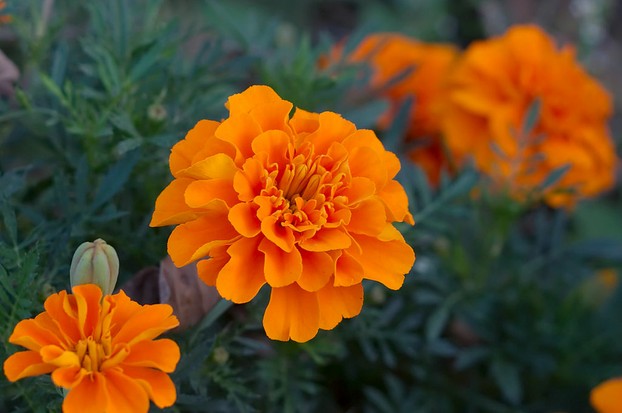
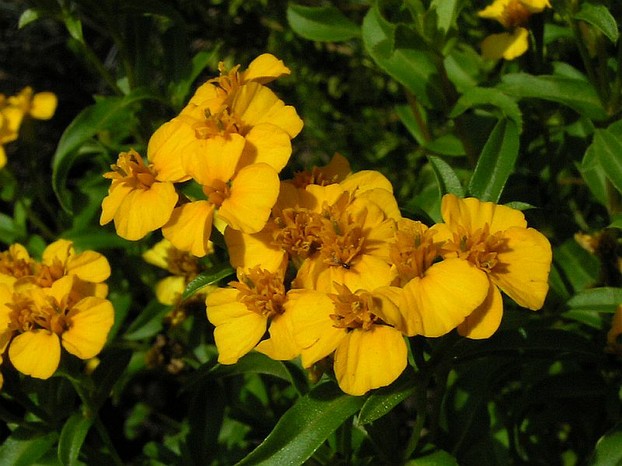

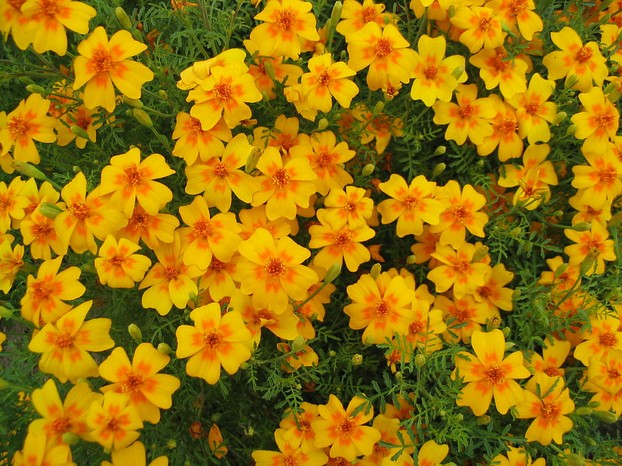
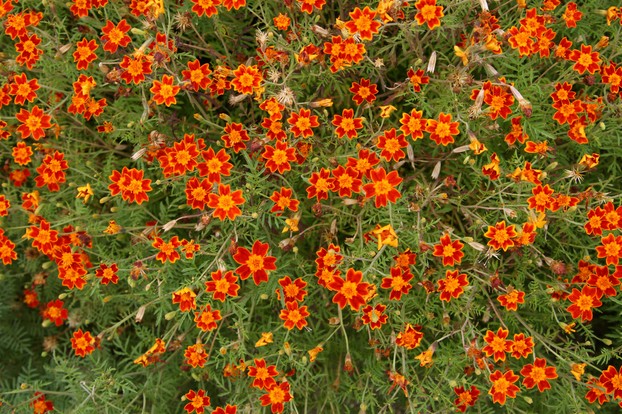
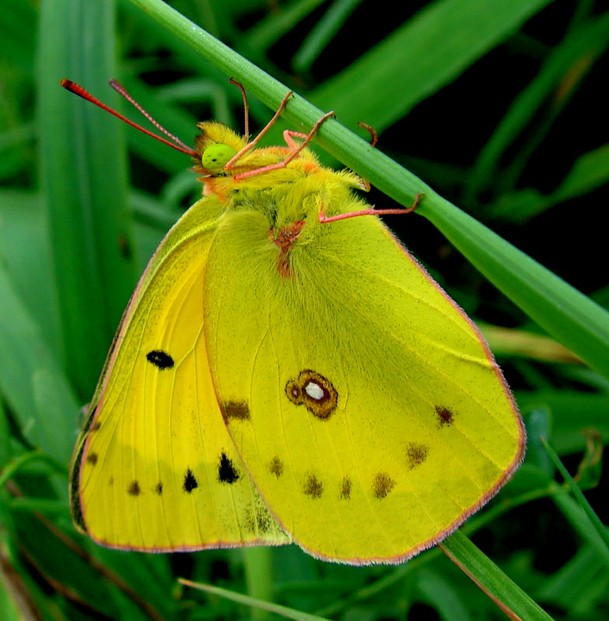
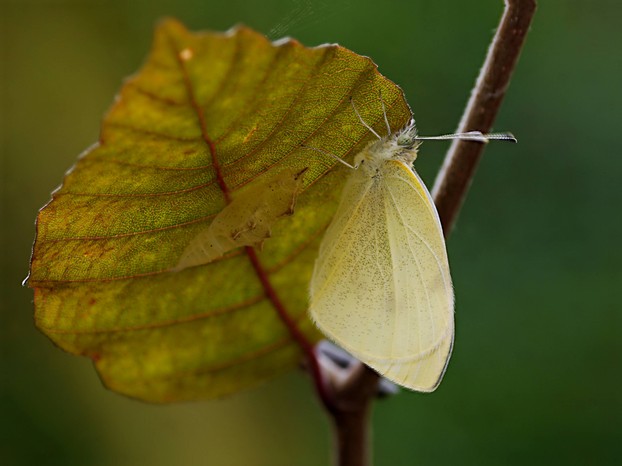
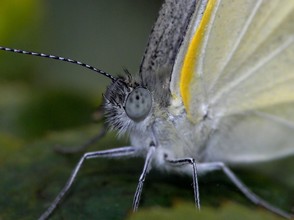
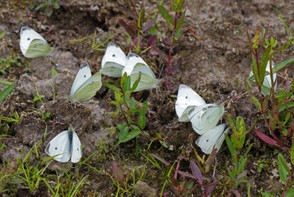
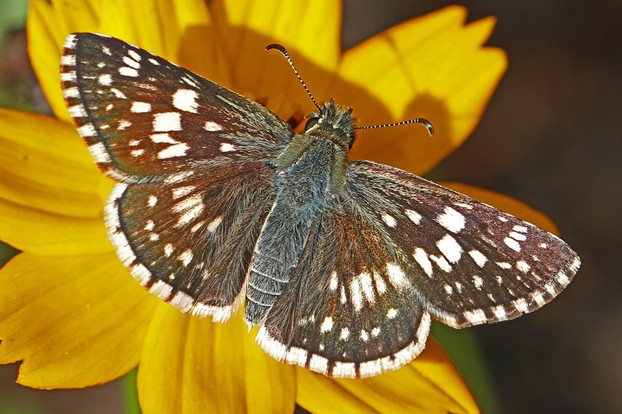
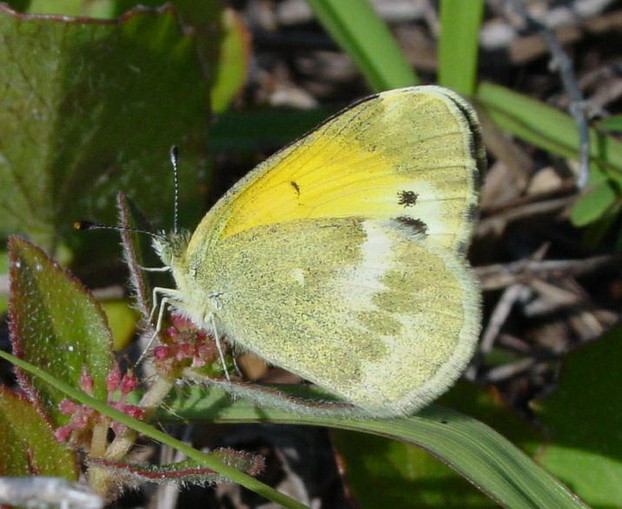
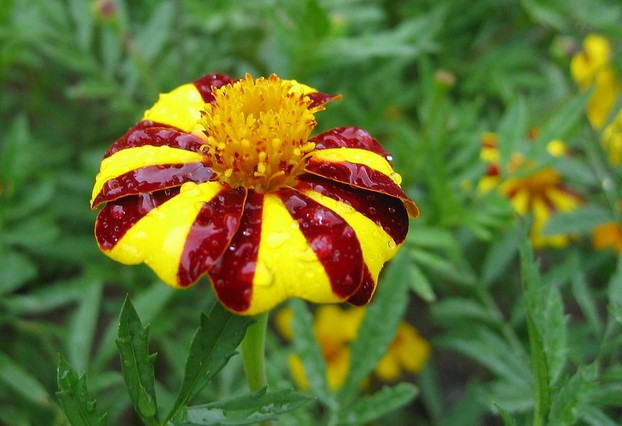
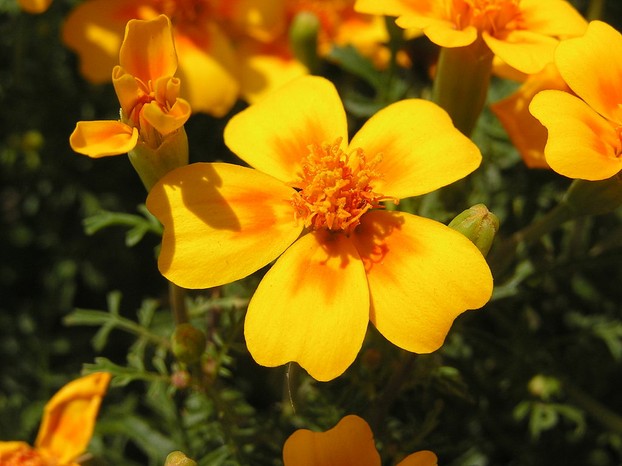
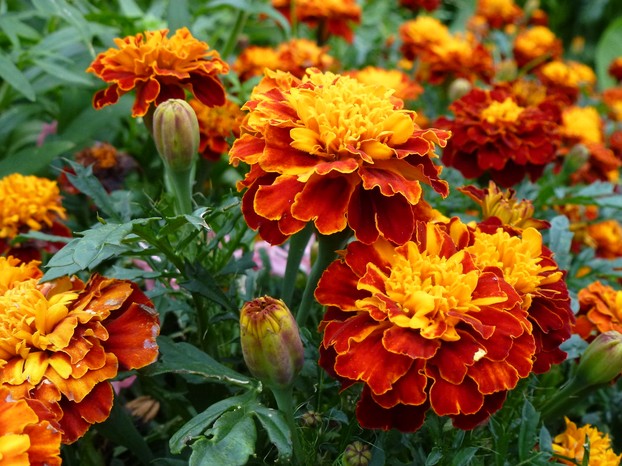






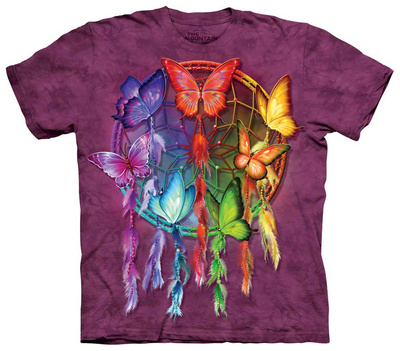

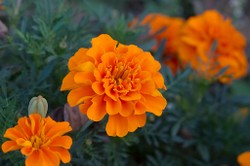

 Are Hawaiian Huakai Po Nightmarchers Avenging Halloween Thursday?on 10/02/2024
Are Hawaiian Huakai Po Nightmarchers Avenging Halloween Thursday?on 10/02/2024
 Mailing Addresses for 2023 Form 4868 Extending 1040 and 1040SR April 15, 2024, Due Dateon 04/15/2024
Mailing Addresses for 2023 Form 4868 Extending 1040 and 1040SR April 15, 2024, Due Dateon 04/15/2024
 Mailing Addresses for 2023 Forms 1040 and 1040SR Filed in 2024on 04/15/2024
Mailing Addresses for 2023 Forms 1040 and 1040SR Filed in 2024on 04/15/2024
 Mailing Addresses for 2022 Form 4868 Extending 1040 and 1040SR April 18, 2023, Due Dateon 04/13/2023
Mailing Addresses for 2022 Form 4868 Extending 1040 and 1040SR April 18, 2023, Due Dateon 04/13/2023

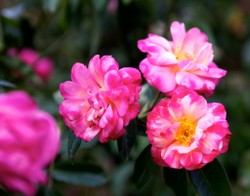
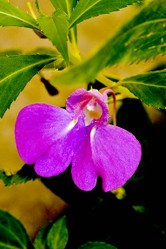
Comments
WriterArtist, Marigold's yellows are very cheery, indeed, and really stand out in a nice sunshiny way in the landscape.
Thank you for visiting and commenting. Your appreciation of the photos which I selected is much appreciated. Thank you!
You have an amazing collection of photos of marigold. The yellow flowers are so bright and vibrant that the entire garden gets an uplift with the golden hue.
Mira, Isn't it amazing the variety which is found in marigolds!
The New World origins of this cheery, steadfast flower are often forgotten in the vastness of their worldwide acceptance.
Those floating gardens of marigolds are quite unforgettable. I also love French marigolds, and so their journey to France via the Antilles contributes to their enchanting history.
A special attraction of marigolds for me is the perfection of their fragrance.
Thank you for visiting, commenting, and appreciating my tribute to this wonderful flower.
"French marigold: Common name in French, l'oeillet d'Inde ("Indian carnation"), recalls first imports of this spectacular flower to France via Antilles Islands in Caribbean, known then as Indes occidentales ("West Indies")." Loved this bit. I also love French marigolds. Always called them simply marigolds. Had no idea they were all so different. I really like the "red gems," too. Wonderful article, Derdriu! I didn't know marigolds were New World flowers but when I read about it here I was reminded of some floating gardens near Mexico City (saw them on a DVD) where they had lots of French marigolds.
jptanabe, Marigolds are hearty growers. I've never seen a straggling marigold patch. Their flowers always look joyous and exuberant and are always teeming with the vibrant colors of bees and butterflies.
Your garden is definitely blessed to have them!
Thank you for visiting and commenting.
Marigolds seem to grow very well in my yard - I don't know what kind they are but the bees and the butterflies love them, me too!